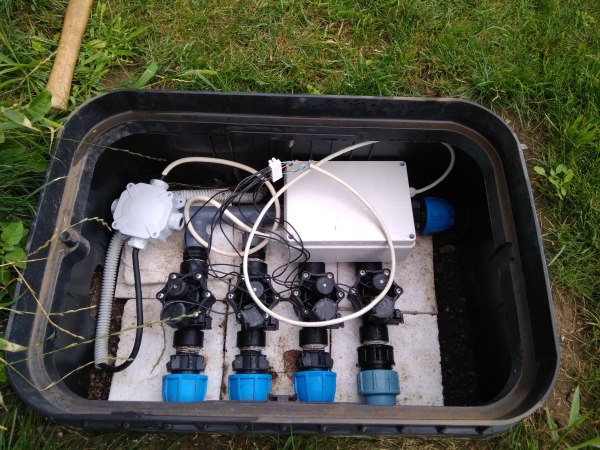It seems that new stories of insecure-by-design IoT devices surface weekly, as the uneasy boundary is explored between the appliance and the Internet-connected computer. Manufacturers like shifting physical items rather than software patches, and firmware developers may not always be from the frontline of Internet security.
An interesting aside on the security of IoT traffic comes from [boz], who has taken a look at encryption of very low data rate streams from underpowered devices. Imagine perhaps that you have an Internet-connected sensor which supplies only a few readings a day that you would like to keep private. Given that your sensor has to run on tiny power resources so a super-powerful processor is out of the question, how do you secure your data? Simple encryption schemes are too easily broken.
He makes the argument for encryption from a rather unexpected source: a one-time pad. We imagine a one-time pad as a book with pages of numbers, perhaps as used by spies in Cold-War-era East Berlin or something. Surely storing one of those would be a major undertaking! In fact a one-time pad is simply a sequence of random keys that are stepped through, one per message, and if your message is only relatively few bytes a day then you have no need to generate more than a few K of pad data to securely encrypt it for years. Given that even pretty meager modern microcontrollers have significant amounts of flash at their disposal, pad storage for sensor data of this type is no longer a hurdle.
Where some controversy might creep in is the suggestion that a pad could be recycled when its last entry has been used. You don’t have to be a cryptologist to know that reusing a one-time pad weakens the integrity of the cypher, but he has a valid answer there too, If the repeat cycle is five years, your opponent must have serious dedication to capture all packets, and at that point it’s worth asking yourself just how sensitive the sensor data in question really is.

















